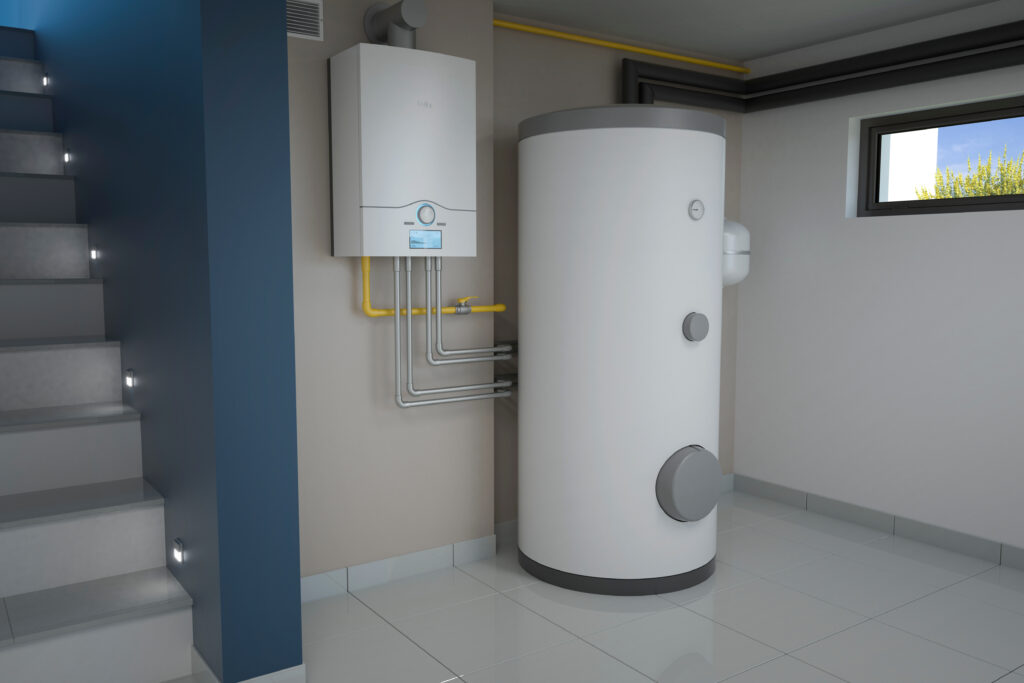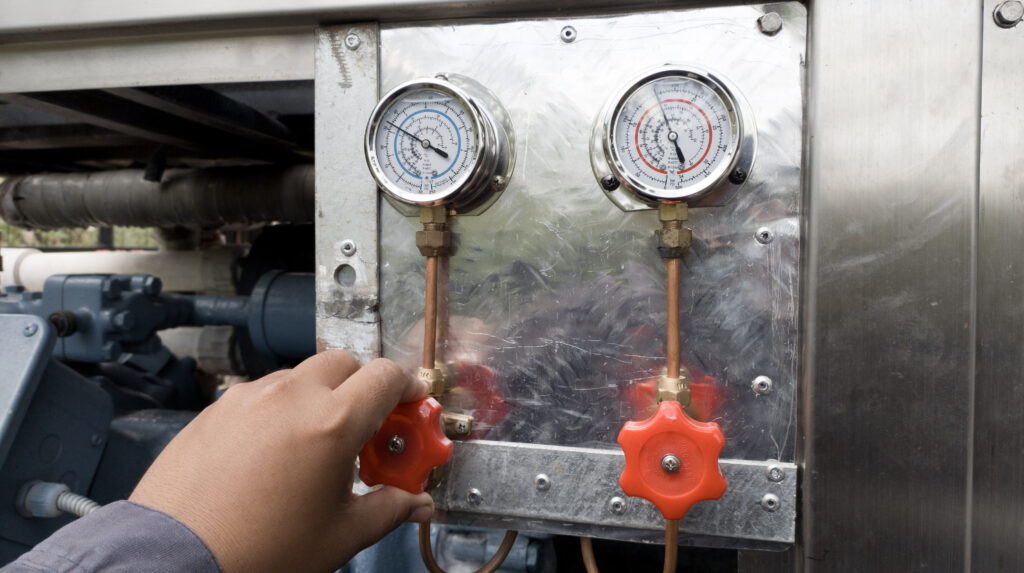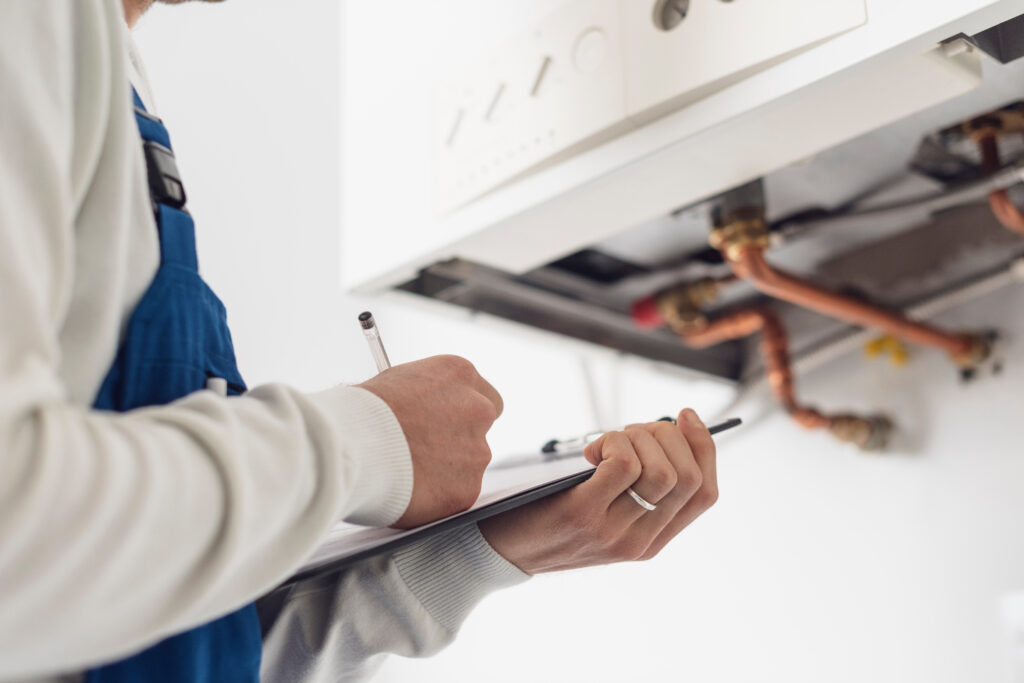In the UK, the installation of an immersion tank is a popular solution for providing hot water in homes. An immersion tank, essentially a hot water cylinder with an electrical heating element, offers an efficient and reliable source of hot water. This detailed guide aims to outline the process of immersion tank installation, highlighting key considerations and steps involved in ensuring a successful and safe installation.
Understanding Immersion Tanks
The Basics of Immersion Tanks
An immersion tank operates by heating water using an electric element within the tank. This method of heating water is particularly useful in homes without a regular boiler system or as a backup water heating method. It’s an independent system, meaning if your boiler fails, you still have access to hot water.
Types of Immersion Tanks
There are two main types of immersion tanks: vented and unvented. Vented tanks are connected to a cold water tank and rely on gravity to move water around. Unvented tanks, on the other hand, are pressurised and provide better flow rates. The choice between vented and unvented tanks depends on your home’s water pressure, space, and hot water requirements.
Planning and Preparation
Assessing Your Needs
Before installing an immersion tank, it’s important to assess your hot water needs. Consider the size of your household, the number of bathrooms, and your typical water usage. This assessment will help determine the size and type of tank suitable for your home.
Choosing the Right Location
The location of the immersion tank is crucial. It should be installed in a place with enough space for installation and maintenance, typically an airing cupboard or a similar utility space. Ensure the chosen location can support the weight of the tank, especially when it’s full of water.
The Installation Process
Professional Installation
While some may consider DIY installation, it’s highly recommended to hire a professional for this job. A qualified plumber or heating engineer who understands the complexities of immersion tank installation will ensure that the system is installed safely and efficiently.
Preparing the Site
The first step in the installation process is preparing the site. This involves ensuring the area is clear, accessible, and safe for the installation. The professional installer will check for any necessary pipework adjustments and ensure that the electrical connections meet the safety standards.

Installation Steps
Fitting the Tank
The tank is carefully positioned and secured in place. For vented systems, it’s connected to the cold water tank, usually located in the loft. Unvented systems require a connection to the cold water mains. The installer ensures all connections are tight and leak-free.
Electrical Connections
The immersion heater element within the tank is connected to the electrical supply. This must be done in compliance with electrical safety regulations. A dedicated circuit from the consumer unit is usually required for the immersion heater.
Post-Installation Checks
Testing the System
Once installed, the system is thoroughly tested. This includes checking the thermostat settings, ensuring the heating element functions correctly, and confirming that there are no leaks in the pipework.
Safety Features
Safety is paramount in immersion tank installations. Features like a temperature and pressure relief valve in unvented systems are checked to ensure they are functioning correctly. In vented systems, the correct installation of the vent pipe is verified.
Insulation and Energy Efficiency
Insulating the Tank
Proper insulation of the immersion tank is crucial to maintain energy efficiency. Insulating jackets or factory-fitted foam can be used to minimise heat loss. This step ensures that the water remains hot for longer periods, reducing the need for frequent reheating and, consequently, saving energy and costs.
Considering Renewable Energy Sources
For an even more efficient and eco-friendly approach, homeowners can consider connecting the immersion tank to renewable energy sources like solar panels. This can significantly reduce electricity costs and carbon footprint, although it requires additional installation and investment.
Regulatory Compliance and Safety Standards
Adhering to Building Regulations
In the UK, the installation of an immersion tank must comply with building regulations, particularly Part G (Sanitation, Hot water safety and Water efficiency) and Part P (Electrical Safety). Compliance ensures that the installation is safe, efficient, and legally sound.
Safety Certifications
Upon completion of the installation, a qualified professional will provide necessary safety certificates. For electrical work, a Part P compliance certificate is issued, while for plumbing, a certificate of compliance with water regulations may be provided.
Maintenance and Servicing
Regular Maintenance
Regular maintenance of the immersion tank is key to its longevity and efficient performance. This includes annual checks by a qualified technician, periodic descaling of the heating element (especially in areas with hard water), and checking the condition of the tank and its components.
Troubleshooting Common Issues
Homeowners should be aware of common issues like thermostat failures, tripped switches, or malfunctioning heating elements. While some basic troubleshooting can be done, it’s advisable to seek professional help for any major concerns.
Cost Considerations
Initial Investment and Running Costs
The cost of installing an immersion tank varies depending on the type, size, and complexity of the installation. Running costs depend on usage patterns and the efficiency of the tank. Investing in a high-quality tank and proper installation can lead to long-term savings despite the initial higher cost.
Comparing with Other Heating Options
When considering an immersion tank, it’s useful to compare it with other water heating options like combi boilers or heat pumps. Each system has its advantages and suitability depending on individual circumstances and home setups.
Environmental Impact
Reducing Carbon Footprint
While immersion tanks use electricity, choosing energy-efficient models and coupling them with renewable energy sources can reduce the environmental impact. Using timers to heat water only when needed also contributes to lower energy consumption.
Sustainability and Future-Proofing
With increasing focus on sustainable living, choosing an immersion tank that aligns with future energy efficiency standards is advisable. This not only ensures compliance with evolving regulations but also prepares the home for a more sustainable future.
Conclusion
Installing an immersion tank is a significant decision that requires careful consideration of various factors including type, size, installation process, energy efficiency, and compliance with safety standards. With the right approach and professional assistance, an immersion tank can provide a reliable and efficient source of hot water for many years. Regular maintenance and awareness of energy consumption further enhance the benefits of having an immersion tank, making it a worthwhile investment for homeowners seeking a dependable hot water solution.
Call on the Professional Services of Heat-Tec
Whether you are looking for plumbing or heating engineers or a company that carries out gas safety inspections, you have found the right company. Heat-Tec offers a professional approach, striving to achieve the highest possible standards from the start to the finish of any project. No job is complete until you are satisfied, contact us today.






